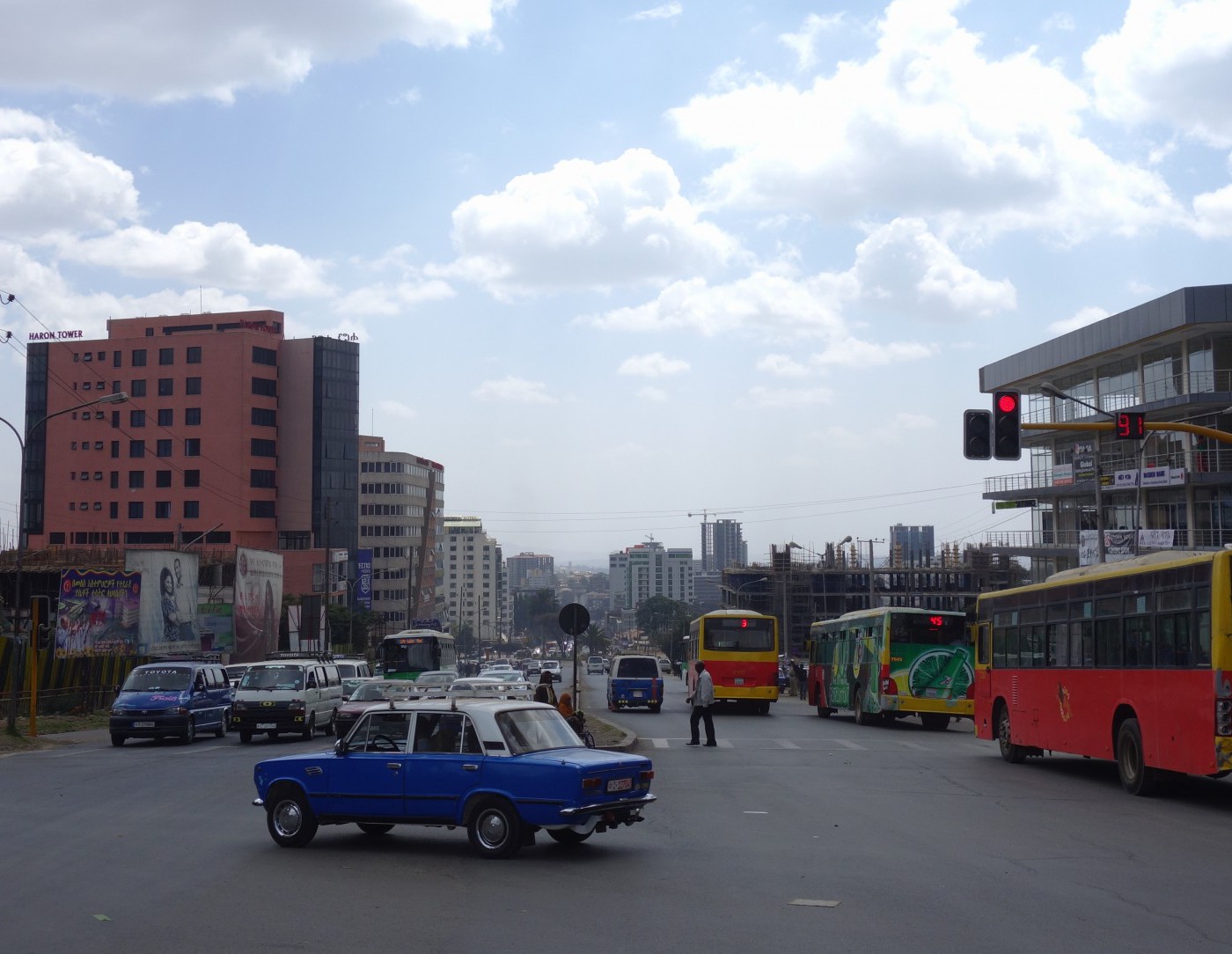Bourgeois shanty towns
Rural areas turning urban quicker than expected
Shlomo Angel, the Director of the NYU Stern Urban Expansion Program and a Professor of City Planning at the Marron Institute was cited by The Economist in an article about urban expansion in African and Chinese cities. The article delved into the reasons behind the "higgledy-piggledy" and "bizarre" growth. The article suggested that until recently, cities "...were spreading because of administrative and zoning changes pushed by the central government. These days much pressure comes from below, driven by the desires of an increasingly mobile people. Urban sprawl is out of the government’s control."
One of the side effects of such rapid, unplanned growth in Africa is that the roads are narrow and will be inadequate when the neighbourhood fills up with car owners.
"It is a typical arrangement. Shlomo Angel of New York University has studied seven African cities in detail: Accra, Addis Ababa, Arusha, Ibadan, Johannesburg, Lagos and Luanda. He calculates that only 16% of the land in new residential areas developed since 1990 has been set aside for roads—about half as much as planners think necessary. And 44% of those roads are less than four metres wide."
While cities in both Africa and Asia are expanding rapidly, they don't appear to be growing the same way as either their modern or historical counterparts. Xiaoshan, a city in the" Chinese province of Zhejiang looks nothing like Mikwambe; nor does it remotely resemble a European or American suburb."
Homes in Xiaoshan are a mixture of grubby apartment blocks and grandiose four- and five-storey homes decorated in joyous combinations of pastel colours. Locals call these “villas” and many feature European gabled fronts or Chinese pagoda roofs (or both). They are connected to the electricity grid, the sewer system and the road network. Roads account for fully 29% of land area in the newly developed suburbs of Hangzhou, according to Mr Angel. The western edge of Xiaoshan even has a subway line. For the past two decades Zhejiang’s economic performance has been among the best in China. Hangzhou’s GDP per person reached $17,000 last year—more than double the national average. Local people who abandoned farm work for city jobs have grown richer, as have migrants from elsewhere in China. Yuan Hong, one of many people who migrated to Xiaoshan from Anhui province, north-west of the city, came to open a small electronics factory in 2004. His pot belly and the gold chain around his neck testify to its success, as does his four-storey house with an exterior of baby-blue tile.
To read the full article, click here. To download the article, click here.

